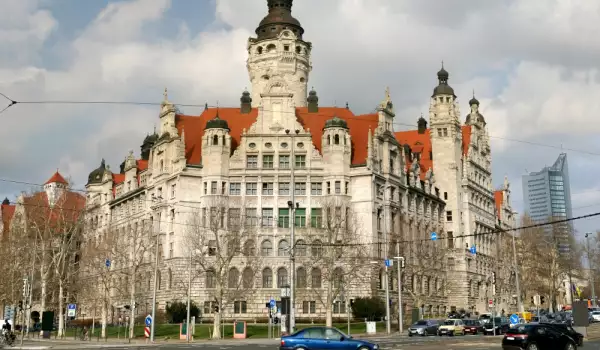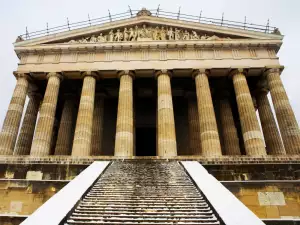Leipzig

Leipzig for centuries has functions of trade, economic, cultural and political crossroads. The city of Leipzig is invariably associated with great names like, Richard Wagner, Johann Sebastian Bach, Robert Schumann, Johann Wolfgang von Goethe, writer Erich Kästner and superior Friedrich Nietzsche. In Leipzig, Schiller wrote one version of Ode to Joy and Beethoven later created the music.
Leipzig is located in eastern Germany and is the largest city in the German province of Saxony. The entire city spreads over an area of 297, 60 sq. km and there are about 520, 000 people. Leipzig was one of the largest cities in East Germany before the unification. It also falls within the fifty largest cities in the EU population. Leipzig is located exactly at the place where rivers Weiße Elste, Parthe and Pleisse merge.

For the first time the name, Leipzig is mentioned in religious documents in 1015. The city name comes from the Slavic word Lipsk. The Slavic Village site today of Leipzig existed in the 10th century. In the 11th century the town there was known as Urbs Libzi, as in 1165 the settlement consisted of a city and a famous market.
Over the centuries, right up to today, Leipzig, is known as a great commercial center. There is a trade Fair in Leipzig, which began during the Middle Ages and holds the glory of the oldest such fair ever in the world and over time acquired global significance. The further history of Leipzig gives Germany the role of trade settlement in the 12th century and the next two centuries became one of the more stable cities in Saxony, by the 14th century it had a status of, The Imperial City.
Until today Leipzig is still a large trade and exhibition center. There are an uncountable number of books, atlases, calendars and catalogs that go every day from this industry in Leipzig.

Among the cultural and historical sights of Leipzig undoubtedly stands the St. Thomas Church. Extremely beautiful both outside and in this chapter of Leipzig church was built in Gothic style. Until the 12th century there was a small wooden religious building there. This stone building was built in the 13th century, a century from which the same church choir has continued.
For 27 years, from 1723 to 1750, Johann Sebastian Bach worked as a choir-master in the St.Thomas Church and also he became a music director. The life of this musical genius had never received recognition so Bach was buried after his death in the town cemetery. In the late 19th century the authorities in Leipzig, discovered the relics of the composer and carried them into the church, where they lie today.
Many of the architectural sights of Leipzig can be found in the old historical city center. A healthy walk of about two hours will allow you to familiarize yourself with the beautiful baroque and Renaissance buildings. Interesting is that many of the facades were preserved, and the rear part of them are now upgraded modern outbuildings, which now houses the offices of many companies.
Among the interesting buildings in the old city of Leipzig you can see the old municipality which was built in 1556, the old commercial exchange of 17th century monument and host of the city, Königs House. Leipzig has the oldest and still working cafeteria in Europe - Coffee Baum. Today the cafeteria operates as a restaurant and museum, which tells of the love of the local bitter.











